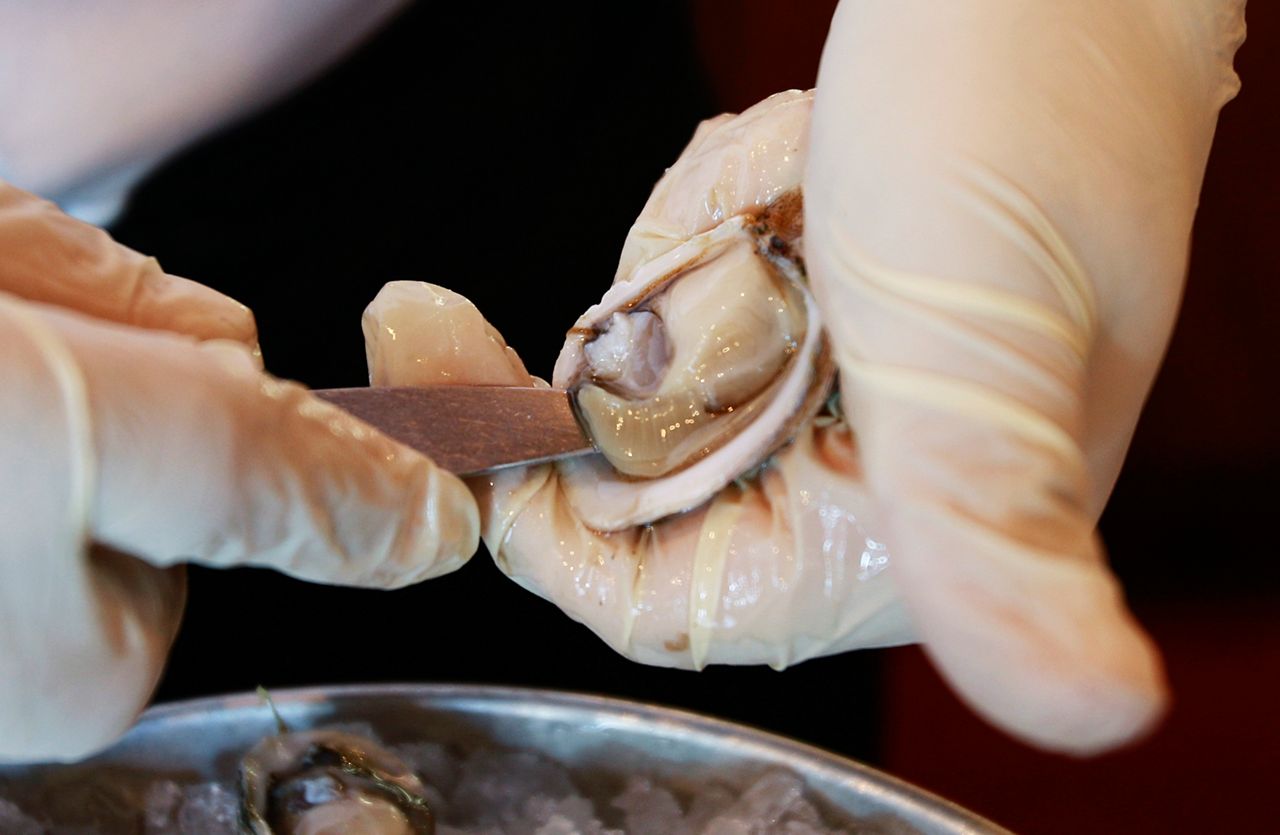If you’re a seafood lover, a briny, plump oyster on the half-shell is a delicacy. Oysters are grown and harvested from the Gulf of Mexico all the way up the east coast, and these farms are a vital component of the seafood industry.
We’re fortunate to have some of the most fertile locations to cultivate oysters on the east coast, but you have to have the right conditions. Cold water plays a crucial role in oyster production, and climate phenomena such as this year’s El Nino can significantly affect the conditions in which oysters thrive.
The colder the water where oysters are farmed, the better the harvest will be. Oysters are filter feeders, meaning they extract nutrients from the surrounding water. Cold water is rich in nutrients and oxygen, creating optimal conditions for phytoplankton, the primary food source for oysters.
The chilly water enhances the oysters’ metabolic rate, promoting efficient nutrient absorption and promoting their rapid growth. Cold water also helps reduce the risk of diseases that can negatively impact oyster populations, creating a healthier environment for sustained production.
The benefits of colder water temperatures are also seen in oyster reproduction and larvae development. Cold water temperatures trigger the natural reproductive cycle of oysters, leading to increased spawning. The larvae produced during this period are heartier and have a higher chance of survival. Cold water also aids in the proper formation of oyster shells, contributing to the overall resilience of the population.
On the flip side, water temperatures that are just a few degrees warmer can significantly harm the oyster population. As seen in recent years, climate change can enhance the impacts of El Nino and La Nina. The winter of 2023-2024 is set up to be in the middle of a strengthening El Nino, which could lead to warmer-than-normal coastal water temperatures.
This can disrupt the cold-water conditions that oysters rely on. Higher temperatures may lead to decreased nutrient availability, negatively impacting phytoplankton populations, reducing the oysters’ food source. Warmer waters can also increase the prevalence of harmful bacteria and pathogens, posing a threat to oyster health and potentially leading to disease outbreaks.
El Nino can also influence the frequency and intensity of extreme weather events, such as hurricanes. These events can disrupt oyster farming operations by causing habitat destruction, increasing sediment buildup, and altering water salinity.
These environmental changes can stress oysters and compromise their overall well-being. The susceptibility of oysters to these disruptions underscores the vulnerability of the industry to the impacts of climate variability.

It’s been said that oysters eaten during the months with an R in their name (September-April) are the best due to being harvested during the colder months. However, it takes a lot more than an old axiom to ensure the oysters on your tray will be the best and safest you can eat.
Our team of meteorologists dives deep into the science of weather and breaks down timely weather data and information. To view more weather and climate stories, check out our weather blogs section.







)

